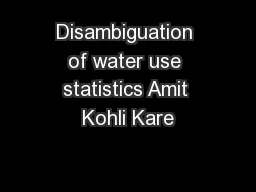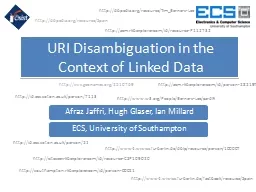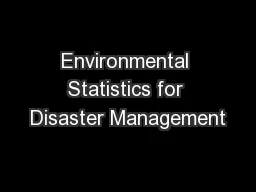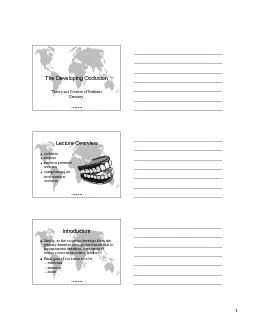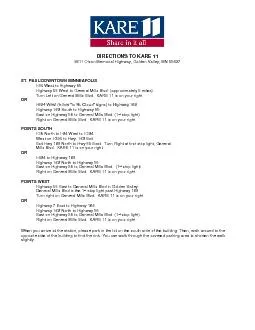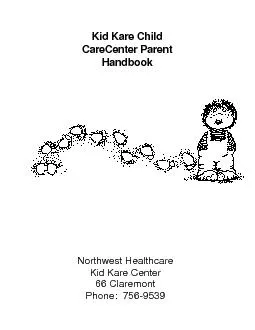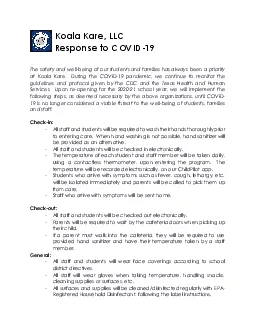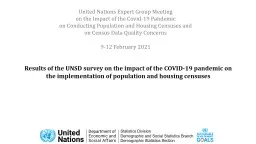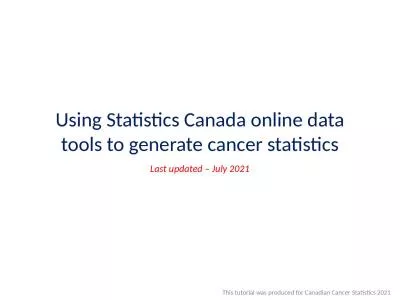PDF-Disambiguation of water use statistics Amit Kohli Kare
Author : cheryl-pisano | Published Date : 2015-05-21
Introduction Water statistics at all levels are crucial for sust ainable development and management They shape policy decisionmaking and act as a proxy f or development
Presentation Embed Code
Download Presentation
Download Presentation The PPT/PDF document "Disambiguation of water use statistics A..." is the property of its rightful owner. Permission is granted to download and print the materials on this website for personal, non-commercial use only, and to display it on your personal computer provided you do not modify the materials and that you retain all copyright notices contained in the materials. By downloading content from our website, you accept the terms of this agreement.
Disambiguation of water use statistics Amit Kohli Kare: Transcript
Download Rules Of Document
"Disambiguation of water use statistics Amit Kohli Kare"The content belongs to its owner. You may download and print it for personal use, without modification, and keep all copyright notices. By downloading, you agree to these terms.
Related Documents

